Most Islands Don’t Actually Have Palm Trees on Them
A quick and dirty calculation reveals the reality behind the stereotype.
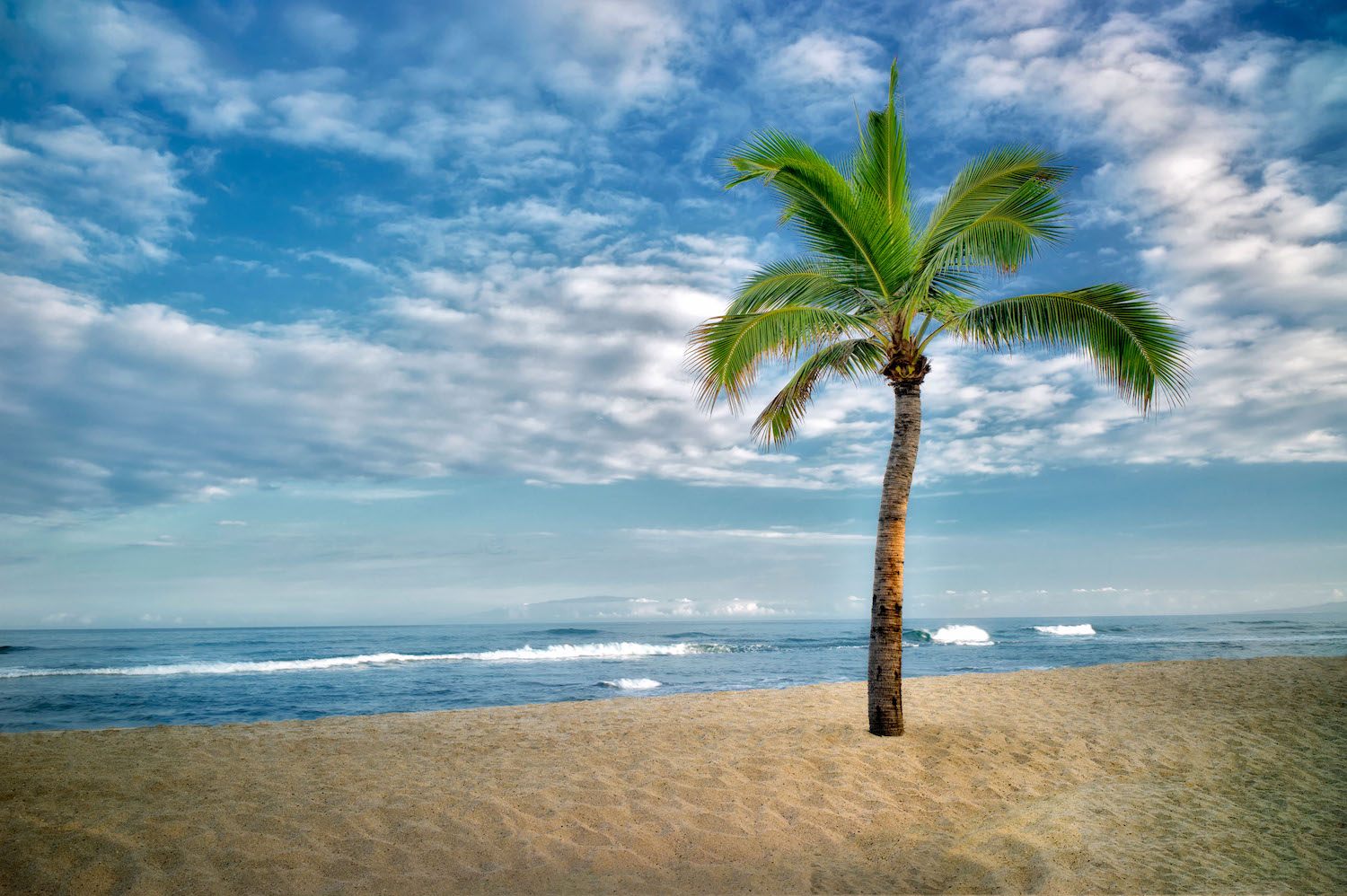
When someone mentions an island, two images tend to spring to mind: beaches and palm trees. For an example of just how pervasive this trope is, look no further than the Desert Island emoji 🏝️.
Since, even by the loosest definition, an island is surrounded by water, a beach or at least a shoreline is a given. But palm trees only thrive in specific (read: hot) climates. There are obviously plenty of islands located in parts of the world where palm trees can’t grow. So what percentage of our planet’s islands actually feature a palm tree-lined beach?
To try and determine at least a rough calculation, we set out to cross-reference the total number of islands in the world with the geographic spread of palm trees. However, as we quickly realized, it’s nearly impossible to arrive at an exact count of either islands or palm trees across the world.
Our next step was to contact Chris Underwood. Underwood is an assistant professor of geography at the University of Wisconsin-Platteville, specializing in biogeography, and he enthusiastically agreed to try to come up with an answer. “I know that many people DO think of only tropical biomes, sandy beaches, and perpetual summer when they hear the word ‘island,’ and I am all about crushing stereotypes,” he told us via email.
To solve the problem of counting the world’s islands (which, as we learned during the course of Islands Week, is actually an incredibly tricky thing to do), Underwood gave himself some very specific constraints to come up with a rough number. “I looked at all islands on Earth greater than 1,000 square kilometers,” he says. “For the sake of your deadline and my sanity, I cut it off there. It’d take me much longer to parse the data if I were to look at every individual island.” He also only included islands that are bordered by an ocean or sea. “These criteria gave me 313 islands globally.”
As for the total number of palm trees in the world, according to ThePlantList.org, a working list of all known plant species, there are over 2,500 different species of tree within the arecaceae family, more commonly known as palm trees. So in order to try and simplify the palm tree problem, we asked Underwood to limit his inquiry to the spread and range of the Cocos nucifera, the traditional, coconut-bearing species that is closest to the platonic palm tree you might see on a cartoon tropical island.
Looking at a distribution map originally published in a 1933 volume of the botanical journal Berichte der Deutschen Botanischen Gesellschaft, Underwood determined that 121 of his previously identified islands fell into the zones where C. nucifera trees were known to grow natively (“I did not attempt to account for islands outside of the range onto which humans have artificially spread C. nucifera,” he notes).

For those still paying attention, that leaves a clear majority of islands in the world without a traditional palm tree. “In other words, a whopping 61 percent of islands globally (using these criteria) lie outside the native range of C. nucifera,” says Underwood. “Funny how stereotypes are spread, isn’t it?”
Even with these rough facts in hand, we’ll no doubt continue to see stereotypical depictions of sandy, sunny islands blooming with palm trees in illustrations, movies, and anywhere else people need a visual shorthand for a remote spit of land. But as Underwood notes, maybe it’s time to rethink that particular trope. “Perhaps our image of islands should instead [include] a sensible windbreaker or scarf.”
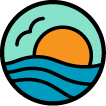
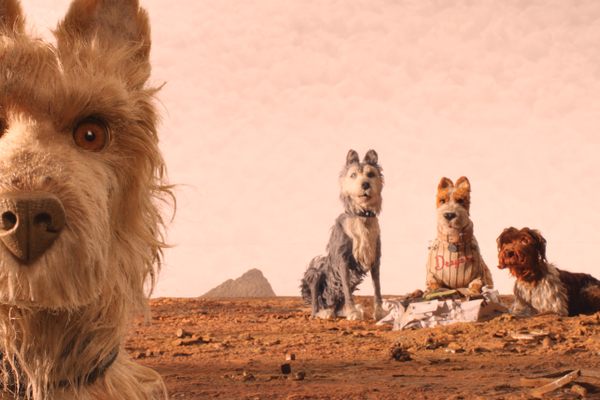
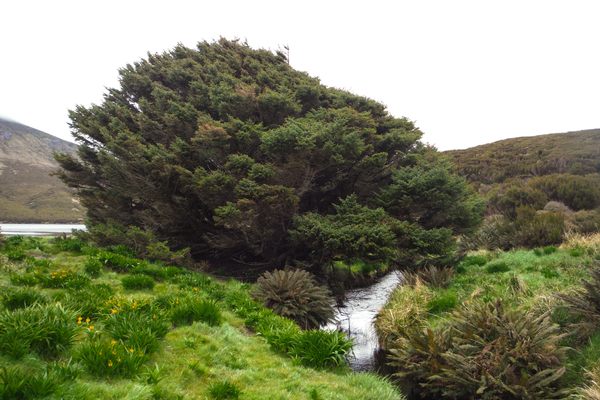

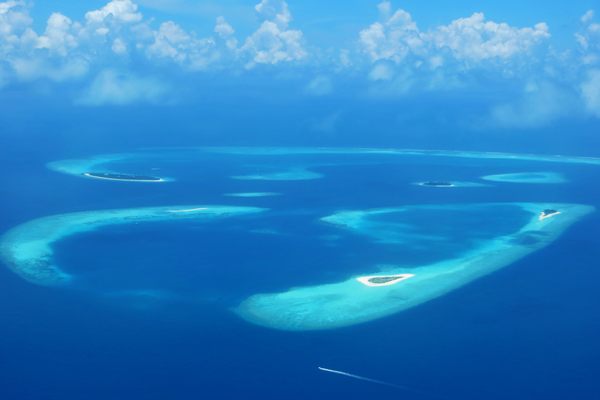










Follow us on Twitter to get the latest on the world's hidden wonders.
Like us on Facebook to get the latest on the world's hidden wonders.
Follow us on Twitter Like us on Facebook